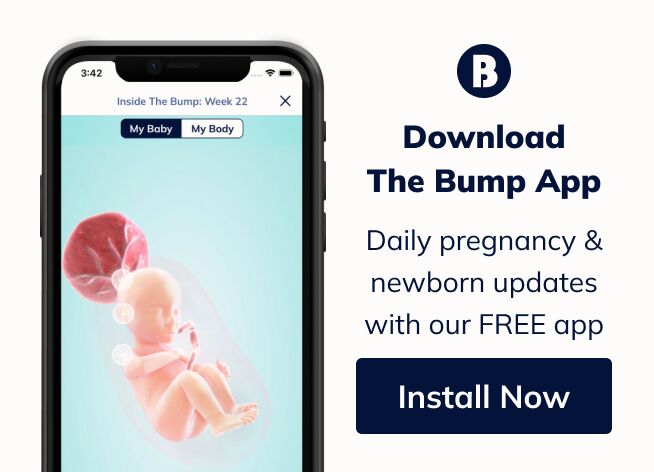Special Needs
communication devices
Does any one use or have you tried a communication device with eye gaze technology ? If so what have you used? Pros, cons?
This discussion has been closed.
Choose Another Board
Search Boards
TOP ARTICLES





Re: communication devices
I've designed a few low-tech eye gaze communication devices for students who were unable to move their limbs. As a low tech device it started as a two square choice, basically two pictures or PCS to choose from. Placed separate from each other in two different directions, to highlight the difference in where their eyes would go. From there we advanced on to four square choices. There are different ways to do it, but in any case there will be a learning curve for both the eye gazer and those watching on their behalf and making the interpretation. Some people prefer to use some kind of clear board--staples sells some plexiglass sign holders that work well if you attach a smaller PCS on top of, because you can still see through them. There are also much higher tech devices, but I've only seen one used with a real student once and don't remember the name of it. It was able to "read" where the student's eyes were in a grid of squares. By the student keeping their eye in the same position for a given length of time it would essentially open up a new grid of squares for them to choose from and could be hooked up to voice output. I don't recall the maximum amount of squares available in the grid.... If the person has any mobility in his or her hands or head, there are also a lot of options that are accessible with switches and are more easily available than the higher tech versions of this device.